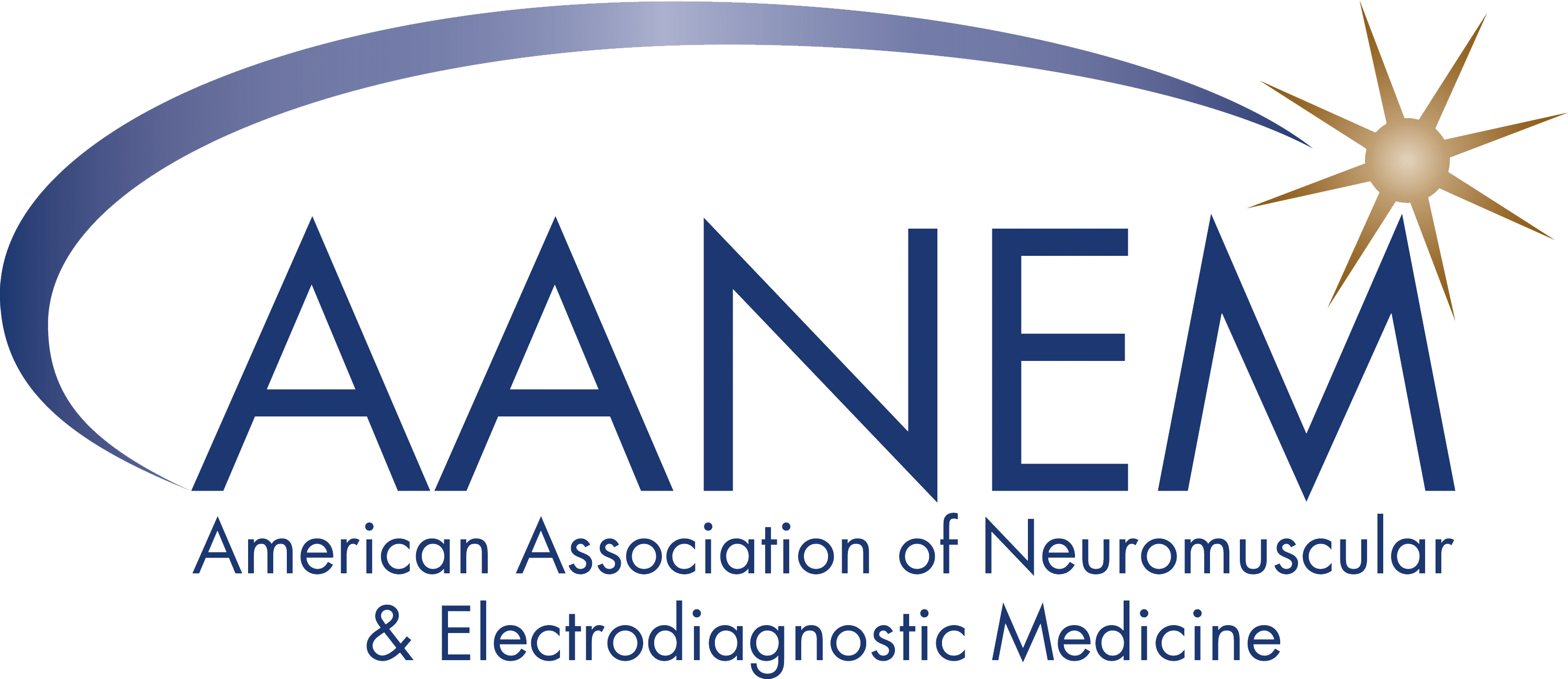Trainee Talk: Resources to Review Before Your Upcoming EMG Rotation as a Medical Student or Resident
Published December 18, 2024
Trainee Talk
Submitted by: Nakul Katyal, MD
If you are a medical student or resident preparing for an upcoming EMG rotation and are unsure of where to start with your review, you're not alone. Many of us have been in the same position. With so many resources available online, it can be overwhelming to decide what to focus on, especially when time is limited. Fortunately, the Training Partnership Program (TPP) from the AANEM offers an excellent collection of educational materials to guide your preparation. The TPP includes a variety of resources such as lectures, monographs, podcasts, and self-assessment exams, which can be very helpful in getting you ready for your rotation. Below, I’ve summarized some key materials to review.
There is no substitute for a thorough neuromuscular examination. Keep in mind that nerve conduction studies (NCS) and electromyography (EMG) are extensions of your clinical examination. I recommend starting with a review of peripheral anatomy. Drs. Setter and Laughlin created an outstanding series of videos on peripheral neuroanatomy localization and examination. These videos are organized into foundational, intermediate, and advanced levels. I suggest starting with the foundational content and progressing to the more advanced material as you build your confidence. You can find these videos in the peripheral neuroanatomy section of TPP.
Once you have a solid understanding of neuroanatomy localization, you can move on to learn the basics of NCS and EMG. In past years, Drs. Salajegheh, Gwathmey, and Izenberg delivered exceptional lectures on the fundamentals of NCS and EMG at the AANEM Annual Meeting. These lectures cover the core principles of both NCS and EMG and serve as an excellent foundation. You can find these videos under the lecture series section of TPP.
If you prefer reviewing PowerPoint slides instead of videos, TPP offers PowerPoint presentations developed by Drs. London, Gallagher, and Ebright. Their self-study curriculum on EMG and NCS, designed for residents and fellows, covers the essentials of both studies. The slides include brief videos demonstrating normal and abnormal EMG findings, and there is also a post-review test to assess your knowledge. This resource is available in the self-study curriculum section of TPP.
By reviewing these materials, I am confident that you will be well-prepared and equipped with the foundational knowledge to excel during your EMG rotation. With a solid understanding of both peripheral anatomy and the basics of NCS and EMG, you will be better able to engage with patients, interpret findings, and actively participate in procedures.
Embrace the learning process and don't hesitate to seek guidance from mentors along the way. Best of luck as you embark on this exciting and valuable clinical experience!
